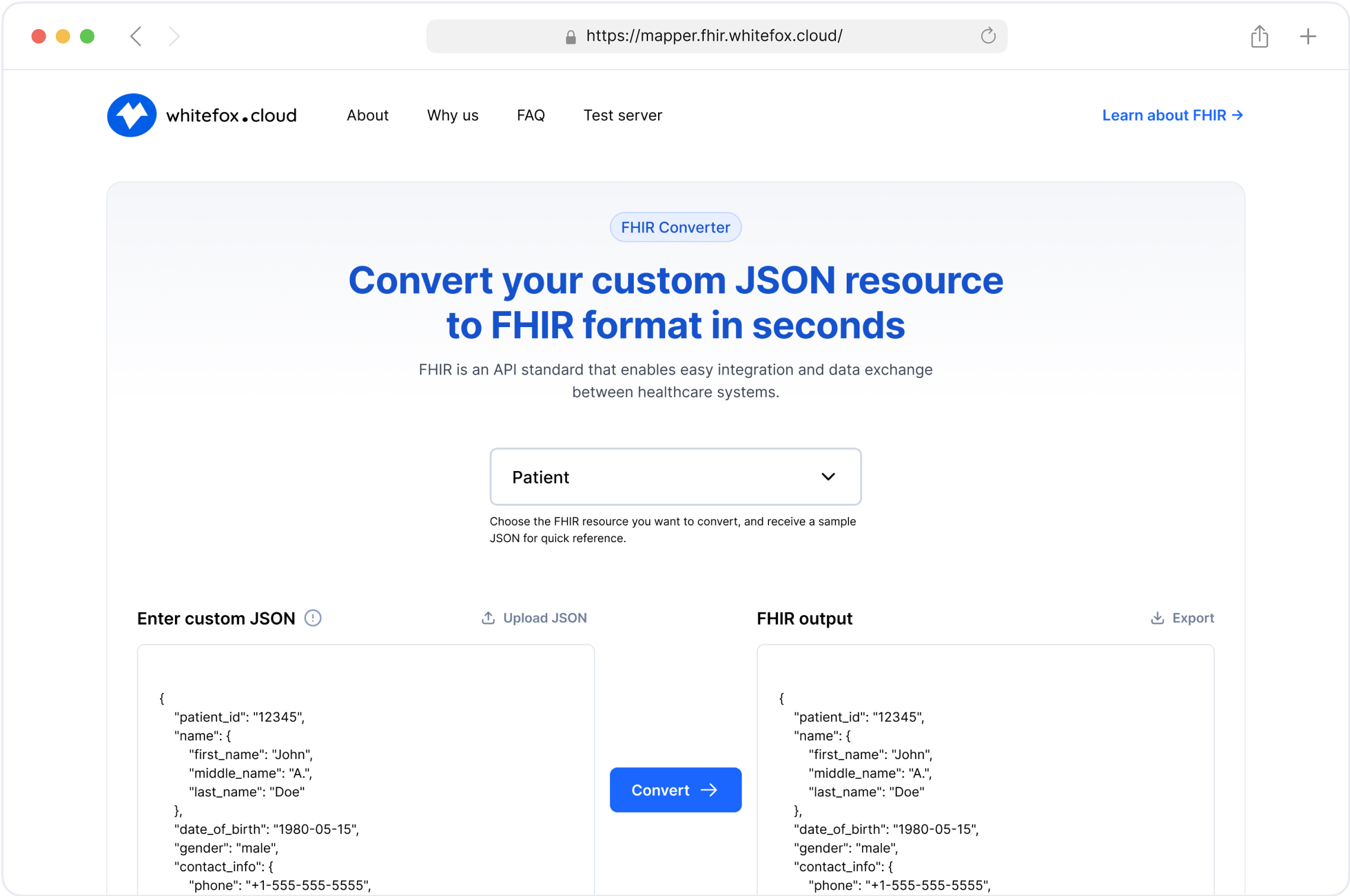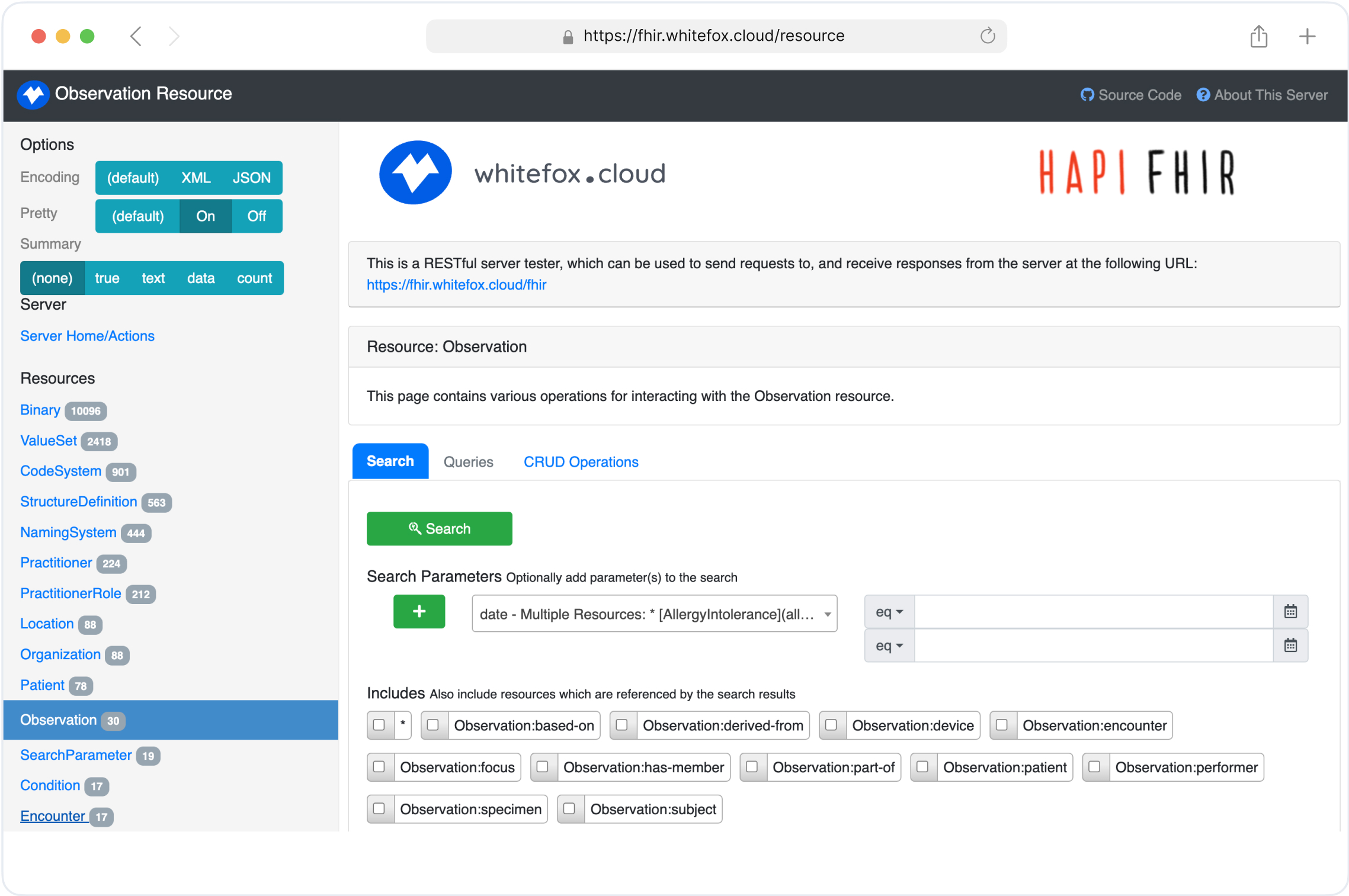
Understanding FHIR: A Global Overview and Best Practices for Implementation
Understanding FHIR
In the evolving landscape of healthcare, efficient data exchange and interoperability are crucial. Fast Healthcare Interoperability Resources (FHIR), developed by Health Level Seven International (HL7), is a global standard designed to facilitate the electronic exchange of healthcare information. FHIR has seen widespread adoption and adaptation across regions like Australia, the United States, and the United Kingdom to meet each region's specific needs and regulatory requirements.
Core Principles and Adaptations
While FHIR is built on a universal foundation, regional adaptations ensure that the standard addresses specific local terminologies, regulations, and workflows. For example, Australia has developed FHIR AU to meet its local healthcare practices, while the US has adopted specific profiles like US Core to align with its regulatory frameworks, and the UK has implemented FHIR UK Core. These adaptations ensure that healthcare data is accurately and securely exchanged within the context of each country’s unique healthcare system, supporting local compliance and interoperability needs.
Best Practices for Implementing FHIR
Comprehensive Planning
Stakeholder Engagement: Involve all relevant stakeholders, including healthcare providers, IT staff, and regulatory bodies, from the outset. Their input is crucial for identifying requirements and potential challenges.
Assessment and Strategy: Conduct a thorough assessment of existing systems and workflows. Develop a clear implementation strategy that aligns with organizational goals and regulatory requirements.
Adherence to Guidelines
ADHA Guidelines: Follow the Australian Digital Health Agency’s (ADHA) guidelines for FHIR AU implementation. These guidelines provide detailed specifications for various resources, profiles, and extensions tailored for the Australian healthcare system.
US ONC Guidelines: In the United States, the Office of the National Coordinator for Health Information Technology (ONC) provides guidelines for implementing US Core FHIR profiles, which are aligned with US healthcare regulations such as HIPAA and the 21st Century Cures Act.
NHS Digital Guidelines: In the United Kingdom, NHS Digital offers FHIR UK Core guidelines to facilitate interoperability within the NHS framework, ensuring that FHIR implementations meet the specific needs of the UK healthcare system and comply with local regulations, including GDPR.
International Standards: Ensure alignment with international standards while incorporating local adaptations. This balance enhances both local relevance and global interoperability.
Phased Implementation
Incremental Approach: Implement FHIR in phases, starting with a pilot project to test and refine the approach. Gradually expand the implementation to other areas based on lessons learned.
Continuous Monitoring: Monitor the implementation process continuously to identify and address issues early. Use feedback loops to make iterative improvements.
Robust Training and Support
Training Programs: Develop comprehensive training programs for all users, including clinicians, IT staff, and administrative personnel. Ensure they understand the benefits, functionalities, and usage of FHIR.
Support Systems: Establish robust support systems, including help desks and online resources, to assist users during and after the implementation phase.
Interoperability Testing
Thorough Testing: Conduct extensive interoperability testing to ensure that FHIR implementations can seamlessly exchange data with other systems. This includes testing with both local and international systems.
Validation Tools: Utilize validation tools provided by HL7 to verify compliance with FHIR standards and guidelines.
Common Pitfalls and How to Avoid Them
Inadequate Planning
Pitfall: Rushing into implementation without thorough planning can lead to misaligned goals, scope creep, and project delays.
Solution: Invest time in comprehensive planning, stakeholder engagement, and developing a clear strategy before starting the implementation.
Ignoring Guidelines
Pitfall: Failing to adhere to US ONC, NHS Digital, or ADHA and HL7 guidelines can result in non-compliance and interoperability issues.
Solution: Strictly follow the provided guidelines and leverage available resources to ensure compliance and alignment with standards.
Lack of Stakeholder Buy-in
Pitfall: Without buy-in from all stakeholders, the implementation may face resistance and lack of support, leading to poor adoption.
Solution: Engage stakeholders early, communicate the benefits of FHIR, and involve them in the planning and implementation process to ensure their support and commitment.
Insufficient Training
Pitfall: Inadequate training can lead to user frustration, errors, and underutilization of FHIR capabilities.
Solution: Develop and execute comprehensive training programs to ensure all users are proficient in using the new system.
Overlooking Data Security
Pitfall: Neglecting data security can result in breaches and non-compliance with privacy laws.
Solution: Implement robust data security measures, including encryption, access controls, and regular security audits, to protect patient data and ensure compliance with the regulations and laws.
Benefits of FHIR
Enhanced Interoperability:
FHIR significantly enhances interoperability between different healthcare providers, facilitating smoother data exchange and more coordinated care for patients. This is beneficial in the context of a geographically dispersed population, where seamless data exchange is crucial for effective healthcare delivery.
Improved Patient Care:
By enabling more accurate and timely sharing of patient information, FHIR helps healthcare providers make more informed decisions, leading to better patient outcomes. Patients also benefit from having more control over their health information, contributing to a more patient-centered approach to healthcare.
Future Potential:
The ongoing evolution of FHIR promises further improvements in interoperability and data exchange. Emerging technologies such as artificial intelligence, machine learning, and blockchain could be integrated with FHIR to unlock new possibilities in healthcare innovation and efficiency.
How to Implement FHIR: Simplifying the Process with Our AI-Powered FHIR Converter
Implementing FHIR (Fast Healthcare Interoperability Resources) can be a complex task, involving intricate mapping of healthcare data, adherence to stringent standards, and ensuring seamless integration with existing systems. To streamline this process, we introduce our AI-powered FHIR converter—a cutting-edge service designed to automate and simplify FHIR implementation for healthcare organizations. If you want to see our service in action and test it you can click here.
Introducing Our AI-Powered FHIR Converter Service
Our AI-Powered FHIR Converter Service offers an innovative solution for FHIR resource mapping and FHIR data transformation, enabling you to convert your custom patient objects into FHIR-compliant resources effortlessly. By leveraging artificial intelligence, the service automates the creation of conversion functions, interfaces, and mappings between your data models and FHIR resources.
Key Features:
Custom FHIR Resource Conversion: Automatically generate TypeScript interfaces for your custom objects and the corresponding FHIR resources.
AI-Driven Healthcare Solutions: Utilize AI to create a conversion function that maps your data to FHIR standards, ensuring accuracy and consistency.
FHIR JSON Validation: Validate the converted FHIR JSON using our integrated FHIR data validation service to ensure compliance with FHIR standards.
FHIR API Integration: Seamlessly integrate the conversion function into your systems, acting as a proxy for converting data in real-time.
Implementation Guide (IG) Definition Compliance: Adhere to FHIR implementation guides, ensuring that your data exchange aligns with industry best practices.
How Our Service Simplifies FHIR Integration
Select the FHIR Resource Type:
Choose from a list of FHIR resources (e.g., Patient, Observation) relevant to your data.
Receive a sample object to help you get started.
Input Your Custom Object:
Paste your sample patient object into our web-based editor.
Modify or customize the object as needed for your specific use case.
Generate the Conversion Function:
Click the "Convert" button to initiate the AI-powered conversion process.
The service generates TypeScript interfaces for both your object and the FHIR resource.
A custom conversion function is created to map your data model to the FHIR data model.
Review and Edit the Generated Code:
Examine the generated interfaces and conversion function in the editor.
Make any necessary adjustments to tailor the mapping to your requirements.
View and Validate the FHIR JSON Output:
The conversion function is applied to your object in the background.
The resulting FHIR-compliant JSON is displayed in a separate editor.
Utilize our integrated FHIR server to validate the JSON against FHIR standards.
Refine and Finalize:
Address any validation errors or warnings highlighted by the FHIR data validation service.
Refine the conversion function directly within the editor until all issues are resolved.
Download and Implement:
Once satisfied with the output, click the "Save" button.
Download the validated FHIR JSON file for integration into your systems.
Incorporate the conversion function into your applications to automate future conversions.
Benefits of Using Our FHIR Data Transformation Tool
Efficiency in FHIR Integration:
Automate complex mapping processes, reducing implementation time.
Simplify FHIR resource management with AI-generated mappings.
Enhanced Healthcare Data Interoperability:
Ensure your data is compliant with FHIR standards, facilitating smoother data exchange.
Improve interoperability with other healthcare systems and providers.
Accuracy and Compliance:
Leverage AI to minimize human errors in data conversion.
Stay aligned with FHIR implementation guides and best practices.
Flexibility and Customization:
Edit and customize the generated code to fit unique organizational needs.
Support for various FHIR resources and custom data models.
Empowering Your FHIR Implementation Journey
Our service acts as a comprehensive solution, addressing key challenges in FHIR implementation:
FHIR Data Model Alignment:
Seamlessly align your custom data structures with FHIR's standardized data models.
Simplified FHIR Integration:
Use the generated conversion function as a proxy for real-time data conversion.
Facilitate FHIR API integration without extensive manual coding.
Guided by Implementation Guides:
Ensure compliance with FHIR's IG definitions to meet regulatory and industry standards.
Why Choose Our AI-Driven Solution?
Expertise in Healthcare Data:
Developed with deep understanding of healthcare data standards and interoperability challenges.
State-of-the-Art AI Technology:
Leverages advanced AI algorithms to deliver precise and reliable conversions.
User-Friendly Interface:
Intuitive web-based platform accessible to users with varying levels of technical expertise.
Continuous Support and Updates:
Regular updates to accommodate new FHIR versions and resources.
Dedicated support team to assist with any questions or issues.
Getting Started with FHIR Implementation
Implementing FHIR doesn't have to be daunting. By utilizing our AI-powered FHIR converter, you can:
Accelerate Implementation Timelines:
Reduce the time from planning to deployment with automated tools.
Optimize Resources:
Allow your IT team to focus on other critical tasks by minimizing manual coding efforts.
Enhance Data Quality:
Ensure that the data exchanged is accurate, standardized, and ready for interoperability.
Conclusion
Implementing FHIR is a significant step toward achieving true healthcare data interoperability. Our AI-powered FHIR converter simplifies this process by automating resource mapping, data transformation, and validation. By integrating this tool into your implementation strategy, you can overcome common challenges associated with FHIR integration and focus on delivering better patient care.
(
Streamline Your FHIR Implementation with Our Free Tools


